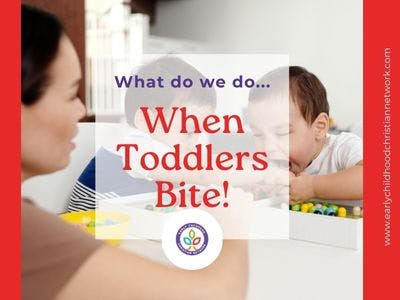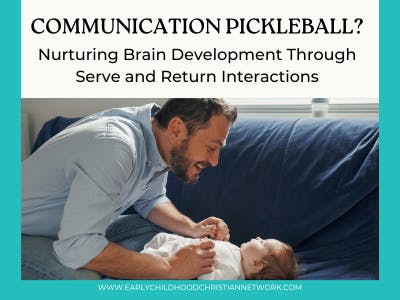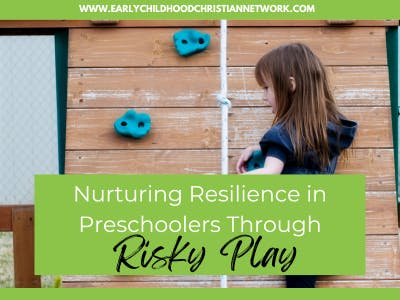When Toddlers Bite: What Do We Do?
|
Hey Reader! You hear a loud wail from Silvia. You turn around and see Taylor chomping on her arm! What now?! If you’ve been in a toddler or twos classroom for very long, you’ve probably encountered biting! Children bite for many different reasons so today I’m just going to give you a couple of underlying causes (not all of them, just some of them) and a couple of tips for helping these little chompers learn healthier social skills! Why do toddlers bite?
What are some strategies for the classroom?
HERE is a great printable resource with more information that you could share with parents. HERE is a short video (9 minutes) talking about aggression in toddlers and how to help! HERE is a blog post with some links to resources that might also help in the classroom or with parents. We also have THIS course in our Learning Library that goes much more in-depth on underlying causes of biting as well as specific, targeted strategies for intervention and training.
Cheering you on this week! -Your ECCN team 50+ high-quality training courses at your fingertips?? It’s almost too good to be true!
Colossians 3:16 “Let the message of Christ dwell among you richly as you teach and admonish one another with all wisdom through psalms, hymns, and songs from the Spirit, singing to God with gratitude in your hearts.” |






